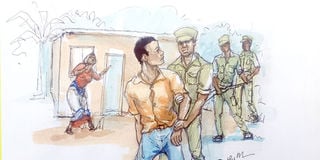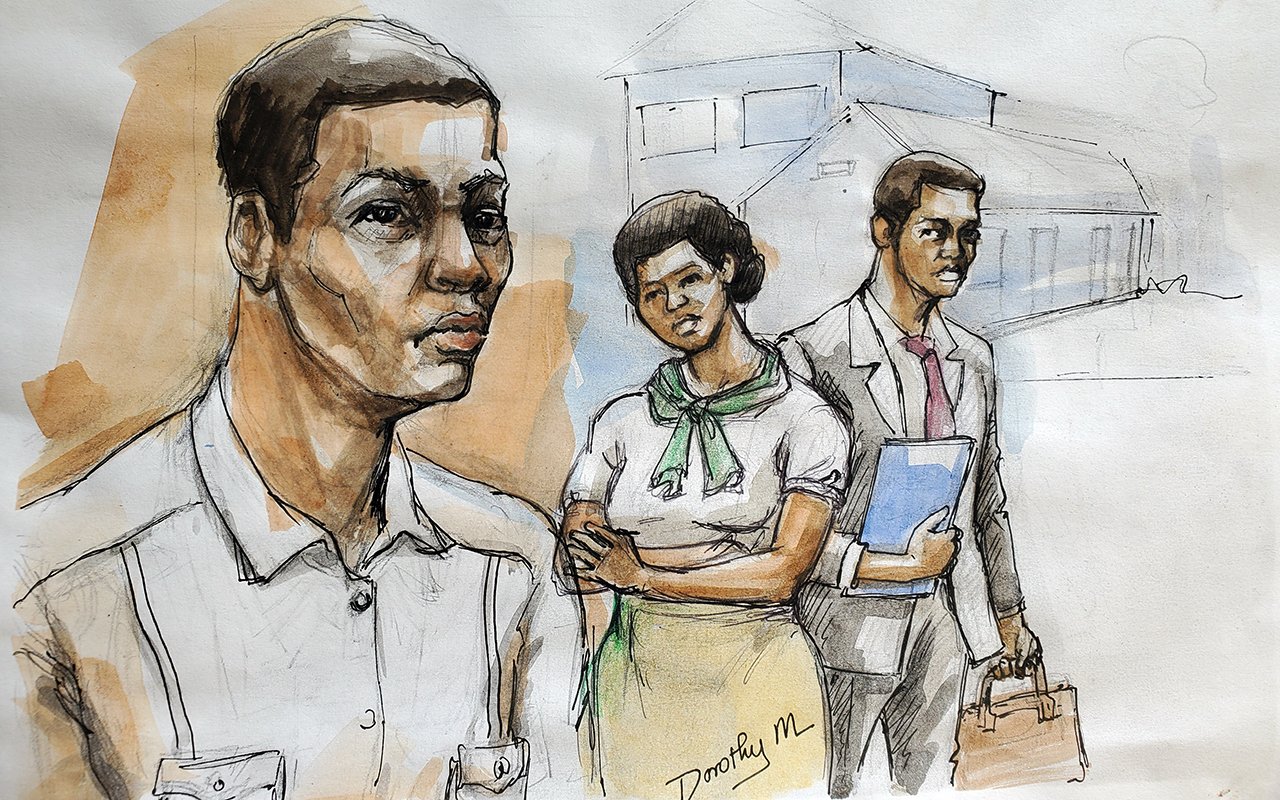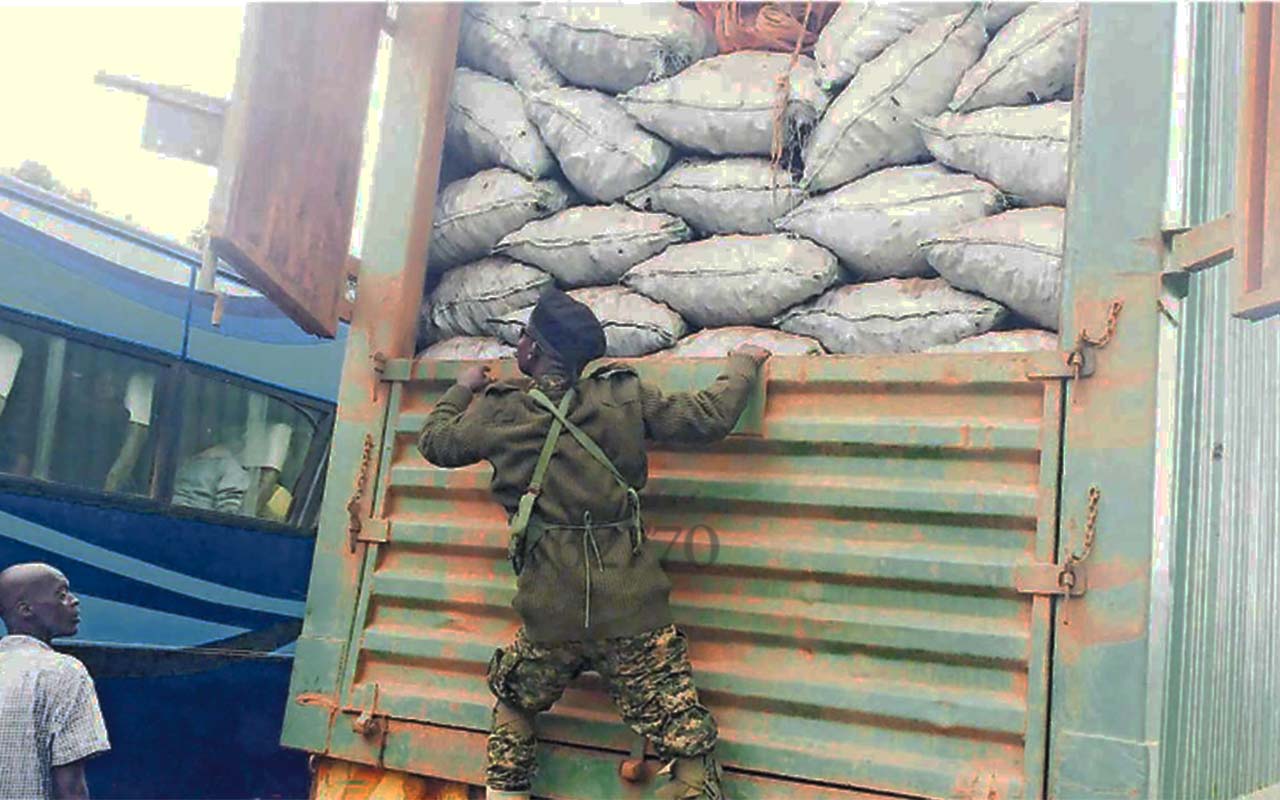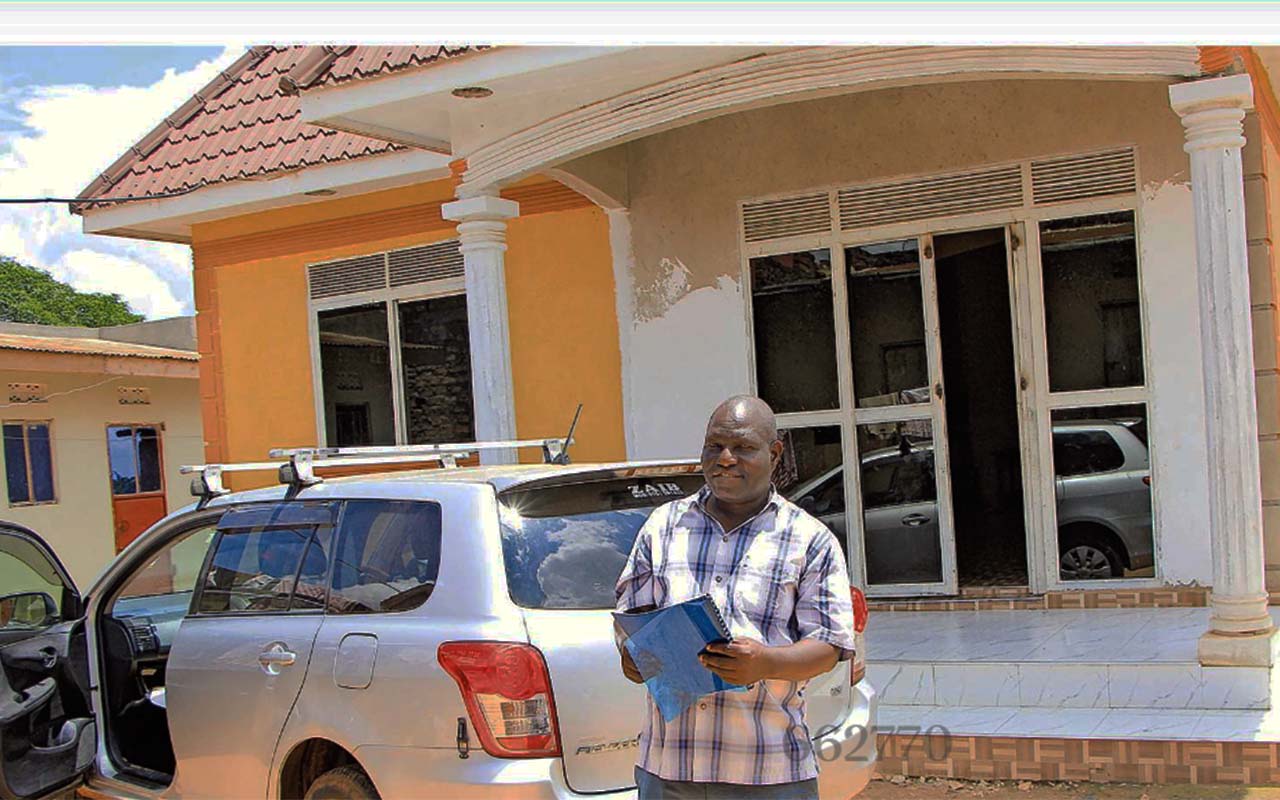
Between April and June 2015, the Chief Magistrate’s Court in Makindye, held an inquest into the death of a 23-year-old painter, who had been reported to have died in the wee hours of September 21, 2013, in a police cell within the suburbs of Kampala.
It is believed that the painter was planted at the home of a businessman to carry out surveillance for some people who later killed the businessman and his gardener in Mutungo Zone in Nakawa on February 3, 2012.
The painter disappeared shortly after the double murder, but the businessman’s widow hired private investigators to track him down, which mission took a year and seven months.
The make or break in the murder of the businessman and his gardener lay in finding of the painter. And the widow of the businessman, a UK-based psychiatrist, was adamant that a big shot in the police was interfering with, and blocking investigations into her husband’s murder. The highest office in the land alluded to such an interference.
After his arrest, the painter recorded a statement confessing knowledge of the intricate details of the murder. A few hours after the painter was taken into a police cell, his lifeless body was found with a sleeve of his jacket tied around his neck. A post-mortem examination carried out on the body concluded that the cause of death was suicide by hanging. This conclusion was most vehemently contested and an inquest into the death was, thus, conducted.
Inquest into painter’s death
The Inquest’s Act of the Laws of Uganda makes it mandatory for a coroner to conduct an inquest in instances where a person dies in police custody or in detention. An inquest, by definition, is a legal investigation into a death with the aim of establishing the circumstances surrounding a person’s death, including how, when and why the death occurred. It is a procedure in public interest and presided over by a coroner. In this particular case, the inquest was conducted by a magistrate.
The purpose of an inquest, among other interests, is to establish the medical cause of death, and to draw attention to the existence of circumstances, which if nothing is done, might lead to further deaths.
An inquest is also carried out to preserve the legal interests of the deceased’s family or any other interested parties. In some cases, an inquest will also attempt to establish the identity of the deceased if this is in question. An inquest cannot blame individuals for the death under investigation nor can it establish criminal or civil liability on part of any named individual or individuals. It was premised upon these background that an inquest into the death of the painter was sanctioned by court to help determine the circumstances under which he died.
Although the question of the identity of the deceased was not in dispute, his mother, nevertheless, identified him at the hearing in court. She told court that the deceased was her son and was a male adult at the time of his death. She told the inquest that in September 2013, she was approached by people who identified themselves as police officers and they asked her if she knew the painter, to which she responded in the affirmative. The police officers told her that her son was a suspect in the murder of a businessman. She told court she led the police to where her son was, whereupon he was arrested.
She further told the coroner that when she was told about the death of her son, she rushed to Mulago hospital where she found his body in the mortuary. She also stated that she identified the body of her son to the doctors before the post-mortem examination was carried out. Photographs of the deceased, which were taken by the scene-of-crime-officer at time of the discovery of the body, were tendered in as exhibits during the inquest. These photographs were later to provide the most important pieces of information in respect to the death.
The officer-in-charge of the police post where the deceased is purported to have hanged himself testified that the deceased was detained at the police post at the time of his death. Two other suspects, who were detained with the deceased, confirmed the fact of his detention in the facility. The coroner was, therefore, satisfied that the deceased had, indeed, been detained in the police post where he was alleged to have committed suicide.
To the inmates and police officers in whose custody the deceased was, the painter committed suicide by hanging himself. This fact was supported by the doctor who carried out the initial post-mortem examination. The coroner had the opportunity to see the initial post-mortem report and photographs of the deceased at the time of discovery of the body; the photographs showed the naked body of a male adult hanging on a door on a sleeve of a jacket.
The above position was, however, contested by the relatives of the deceased and it was for this reason that the inquest was sanctioned. The relatives were suspicious of the circumstances surrounding the arrest and detention of the painter and, more so, his detention at a police post out of town when his case was a capital offence being investigated by one of the leading police stations in the country.
To the coroner, the cause and circumstances of the death were, therefore, in question as these were contested. The coroner ordered the exhumation of the body of the painter for the purposes of conducting a second post-mortem examination and engaged the services of an independent pathologist to do this. The second pathologist, indeed, performed an independent post-mortem examination on the body of the painter and submitted a post-mortem report to the coroner.
The coroner conducted public hearings into the death of the painter and also visited the scene at the police post to understand what could have caused the death of the painter. During the public hearings, both pathologists were called as witnesses.
The pathologist who carried out the initial post-mortem examination maintained, in his evidence as contained in the post-mortem report and oral testimony, that the deceased died as a result of suicidal hanging. In his evidence, he stated that in 2013, he received a request from a police officer to examine the body of the painter and furnish the police with a post-mortem report. He told the coroner that the request contained a presumed cause of death as hanging. The pathologist testified that he went ahead and conducted the said post-mortem examination after the body of the deceased had been positively identified to him by the mother of the deceased.
The law
The Inquest’s Act of the Laws of Uganda makes it mandatory for a coroner to conduct an inquest in instances where a person dies in police custody or in detention. An inquest, by definition, is a legal investigation into a death with the aim of establishing the circumstances surrounding a person’s death, including how, when and why the death occurred. It is a procedure in public interest and presided over by a coroner.
To be continued…




